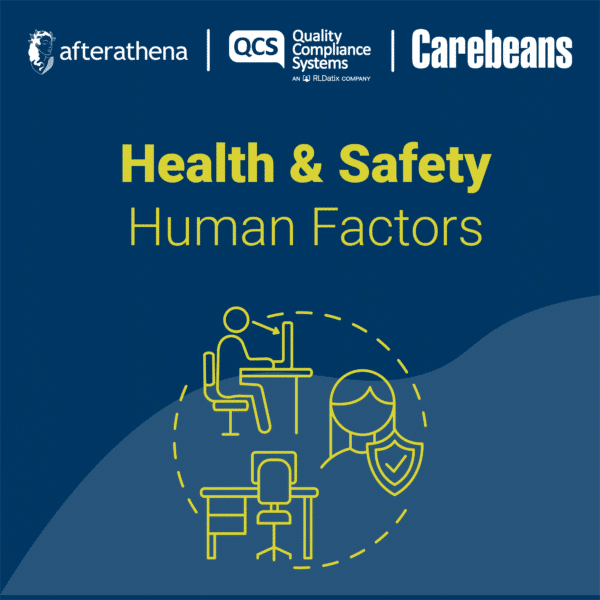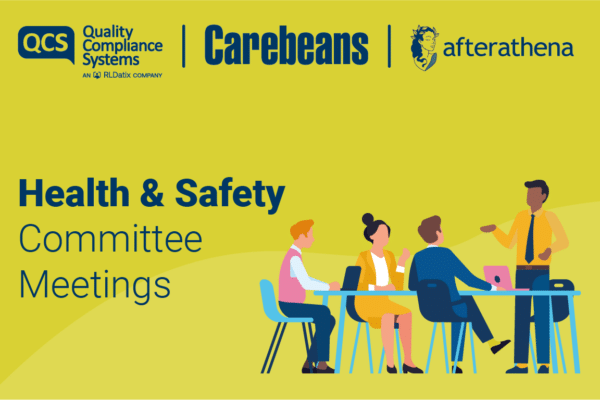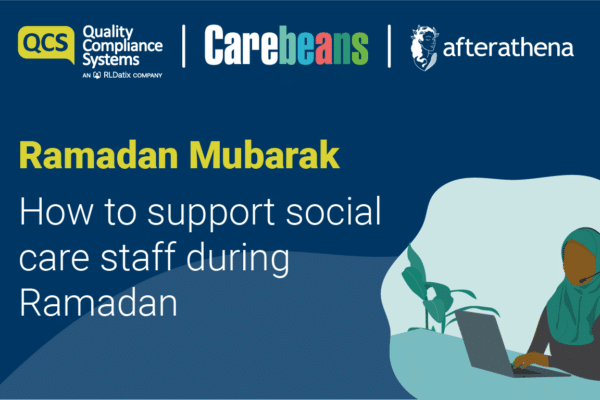Human factors refer to individual, job and organisational factors and how they may impact on employees’ health and safety behaviour.
We often depict the three factors in a Venn style diagram. These factors are important to consider during any incident investigations. In addition, they should also be used when carrying out risk assessments during design or procurement exercises and during daily safety operations.

Organisational Factors
These relate to company culture, policies, and management decisions that influence safety.
Key Considerations:
- Safety Culture – Promoting a strong, safety-first mindset among employees
- Leadership and Management – Ensuring supervisors prioritise safety and provide proper guidance
- Training and Competence – Ensuring staff are adequately trained for their roles
- Communication – Clear instructions, proper safety briefings, and reporting systems
- Workload and Staffing – Avoiding excessive workload or under-staffing that can lead to errors
Job Factors
These involve the design of tasks, work environment, and tools used in the workplace.
Key Considerations:
- Task Design – Ensuring tasks are clear, structured, and not overly complex
- Ergonomics – Designing workstations and equipment to reduce strain and injuries
- Environmental Conditions – Managing lighting, noise, temperature, and air quality
- Equipment and Tools – Ensuring tools are safe, well maintained, and easy to use
- Time Pressure – Avoiding unrealistic deadlines that may encourage unsafe practices
Individual Factors
These relate to personal attributes, behaviours, and capabilities of workers.
Key Considerations:
- Fatigue and Stress – Managing shift patterns and workload to prevent exhaustion
- Physical and Mental Health – Supporting employees with health concerns
- Competence and Experience – Matching tasks to workers’ skills and experience levels
- Attitudes and Motivation – Encouraging responsible behaviour and safety awareness
- Distraction and Human Error – Reducing risks caused by inattention or complacency
How can we reduce human factor risks in the workplace?
- To improve workplace safety and reduce risks
associated with human factors:- Improve Safety Culture – Promote open communication, encourage reporting of hazards, and provide safety leadership
- Provide Regular Training – Ensure employees are updated on best practices and hazard awareness
- Design Safer Work Environments – Adapt workspaces to reduce strain and human error
- Manage Workloads and Fatigue – Implement proper shift management and break schedules
- Enhance Procedures and Checks – Use checklists, risk assessments, and clear safety protocols
By addressing these human factors, organisations can create safer, more efficient workplaces and reduce the likelihood of accidents.
If you have any queries or are in need of specific Health & Safety advice, please use the contact form in the Health & Safety policy section of our system to contact a member of the AfterAthena team (part of the Napthens Group) who are able to offer your advice via email and a FREE virtual Health & Safety Audit.
Contact AfterAthena






